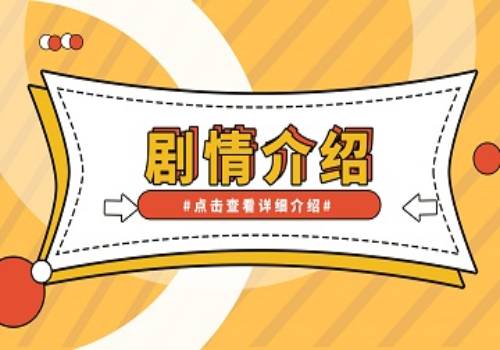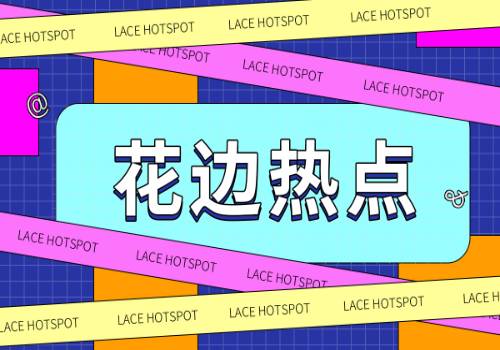本教程操作环境:windows7系统、vue3版,DELL G3电脑。
 (资料图)
(资料图)
内置组件无需注册便可以直接在模板中使用。它们也是 tree-shakeable 的:仅在使用时才会包含在构建中。
在渲染函数中使用它们时,需要显式导入。例如:
import { h, Transition } from "vue"h(Transition, { /* props */})1、component
Props:
is- string | Component
渲染一个“元组件”为动态组件。依 is的值,来决定哪个组件被渲染。is的值是一个字符串,它既可以是 HTML 标签名称也可以是组件名称。
<!-- 动态组件由 vm 实例的 `componentId` property 控制 --> <component :is="componentId"></component> <!-- 也能够渲染注册过的组件或 prop 传入的组件--> <component :is="$options.components.child"></component> <!-- 可以通过字符串引用组件 --> <component :is="condition ? "FooComponent" : "BarComponent""></component> <!-- 可以用来渲染原生 HTML 元素 --> <component :is="href ? "a" : "span""></component>
2、transition
Props:
name- string用于自动生成 CSS 过渡类名。例如:name: "fade"将自动拓展为 .fade-enter,.fade-enter-active等。
appear- boolean,是否在初始渲染时使用过渡。默认为 false。
persisted- boolean。如果是 true,表示这是一个不真实插入/删除元素的转换,而是切换显示/隐藏状态。过渡钩子被注入,但渲染器将跳过。相反,自定义指令可以通过调用注入的钩子 (例如 v-show) 来控制转换。css- boolean。是否使用 CSS 过渡类。默认为 true。如果设置为 false,将只通过组件事件触发注册的 JavaScript 钩子。
type- string。指定过渡事件类型,侦听过渡何时结束。有效值为 "transition"和 "animation"。默认 Vue.js 将自动检测出持续时间长的为过渡事件类型。mode- string控制离开/进入过渡的时间序列。有效的模式有 "out-in"和 "in-out";默认同时进行。
duration- number | {enter : number,leave : number }。指定过渡的持续时间。默认情况下,Vue 会等待过渡所在根元素的第一个 transitionend或 animationend事件。enter-from-class- string
leave-from-class- stringappear-class- string
enter-to-class- stringleave-to-class- string
appear-to-class- stringenter-active-class- string
leave-active-class- stringappear-active-class- string
事件:
before-enter
before-leave
enterleave
appearafter-enter
after-leave
after-appear
enter-cancelled
leave-cancelled(仅 v-show)appear-cancelled
<transition>元素作为单个元素/组件的过渡效果。<transition>只会把过渡效果应用到其包裹的内容上,而不会额外渲染 DOM 元素,也不会出现在可被检查的组件层级中。
<!-- 动态组件由 vm 实例的 `componentId` property 控制 --> <component :is="componentId"></component> <!-- 也能够渲染注册过的组件或 prop 传入的组件--> <component :is="$options.components.child"></component> <!-- 可以通过字符串引用组件 --> <component :is="condition ? "FooComponent" : "BarComponent""></component> <!-- 可以用来渲染原生 HTML 元素 --> <component :is="href ? "a" : "span""></component>
const app = Vue.createApp({ ... methods: { transitionComplete (el) { // 因为传递了"el"的DOM元素作为参数 } } ... }) app.mount("#transition-demo")3、transition-group
Props:tag- string,默认为 span。
move-class- 覆盖移动过渡期间应用的 CSS 类。除了 mode,其他 attribute 和 <transition>相同。
事件:
事件和<transition>相同。用法:<transition-group>元素作为多个元素/组件的过渡效果。<transition-group>渲染一个真实的 DOM 元素。默认渲染 <span>,可以通过 tagattribute 配置哪个元素应该被渲染。
注意,每个 <transition-group>的子节点必须有独立的 key,动画才能正常工作
<transition-group>支持通过 CSS transform 过渡移动。当一个子节点被更新,从屏幕上的位置发生变化,它会被应用一个移动中的 CSS 类 (通过 nameattribute 或配置 move-classattribute 自动生成)。如果 CSS transformproperty 是“可过渡”property,当应用移动类时,将会使用 FLIP 技术使元素流畅地到达动画终点。
<transition-group tag="ul" name="slide"> <li v-for="item in items" :key="item.id"> {{ item.text }} </li> </transition-group>4、keep-alive
Props:
include- string | RegExp | Array。只有名称匹配的组件会被缓存。
exclude- string | RegExp | Array。任何名称匹配的组件都不会被缓存。max- number | string。最多可以缓存多少组件实例。
<keep-alive>包裹动态组件时,会缓存不活动的组件实例,而不是销毁它们。和 <transition>相似,<keep-alive>是一个抽象组件:它自身不会渲染一个 DOM 元素,也不会出现在组件的父组件链中。
当组件在 <keep-alive>内被切换,它的 activated和 deactivated这两个生命周期钩子函数将会被对应执行。
主要用于保留组件状态或避免重新渲染。
<!-- 基本 --> <keep-alive> <component :is="view"></component> </keep-alive> <!-- 多个条件判断的子组件 --> <keep-alive> <comp-a v-if="a > 1"></comp-a> <comp-b v-else></comp-b> </keep-alive> <!-- 和 `<transition>` 一起使用 --> <transition> <keep-alive> <component :is="view"></component> </keep-alive> </transition>
注意,<keep-alive>是用在其一个直属的子组件被切换的情形。如果你在其中有 v-for则不会工作。如果有上述的多个条件性的子元素,<keep-alive>要求同时只有一个子元素被渲染。
include和 excludeThe include和 excludeprop 允许组件有条件地缓存。二者都可以用逗号分隔字符串、正则表达式或一个数组来表示:
<!-- 逗号分隔字符串 --> <keep-alive include="a,b"> <component :is="view"></component> </keep-alive> <!-- regex (使用 `v-bind`) --> <keep-alive :include="/a|b/"> <component :is="view"></component> </keep-alive> <!-- Array (使用 `v-bind`) --> <keep-alive :include="["a", "b"]"> <component :is="view"></component> </keep-alive>
匹配首先检查组件自身的 name选项,如果 name选项不可用,则匹配它的局部注册名称 (父组件 components选项的键值)。匿名组件不能被匹配。
max最多可以缓存多少组件实例。一旦这个数字达到了,在新实例被创建之前,已缓存组件中最久没有被访问的实例会被销毁掉。
<keep-alive :max="10"> <component :is="view"></component> </keep-alive>
<keep-alive>不会在函数式组件中正常工作,因为它们没有缓存实例。
5、slot
Props:
name- string,用于具名插槽
<slot>元素作为组件模板之中的内容分发插槽。<slot>元素自身将被替换。
6、teleport
Props:
to- string。需要 prop,必须是有效的查询选择器或 HTMLElement (如果在浏览器环境中使用)。指定将在其中移动 <teleport>内容的目标元素
<!-- 正确 --> <teleport to="#some-id" /> <teleport to=".some-class" /> <teleport to="[data-teleport]" /> <!-- 错误 --> <teleport to="h1" /> <teleport to="some-string" />
disabled- boolean。此可选属性可用于禁用 <teleport>的功能,这意味着其插槽内容将不会移动到任何位置,而是在您在周围父组件中指定了 <teleport>的位置渲染。
<teleport to="#popup" :disabled="displayVideoInline"> <video src="./my-movie.mp4"> </teleport>
请注意,这将移动实际的 DOM 节点,而不是被销毁和重新创建,并且它还将保持任何组件实例的活动状态。所有有状态的 HTML 元素 (即播放的视频) 都将保持其状态。
7、Suspense
用于协调对组件树中嵌套的异步依赖的处理。
Props
interface SuspenseProps { timeout?: string | number}事件
@resolve
@pending
@fallback
详细信息
<Suspense> 接受两个插槽:#default 和 #fallback。它将在内存中渲染默认插槽的同时展示后备插槽内容。
如果在渲染时遇到异步依赖项 (异步组件和具有 async setup() 的组件),它将等到所有异步依赖项解析完成时再显示默认插槽。
以上就是vue内置组件有哪些的详细内容,更多请关注php中文网其它相关文章!
































































































































